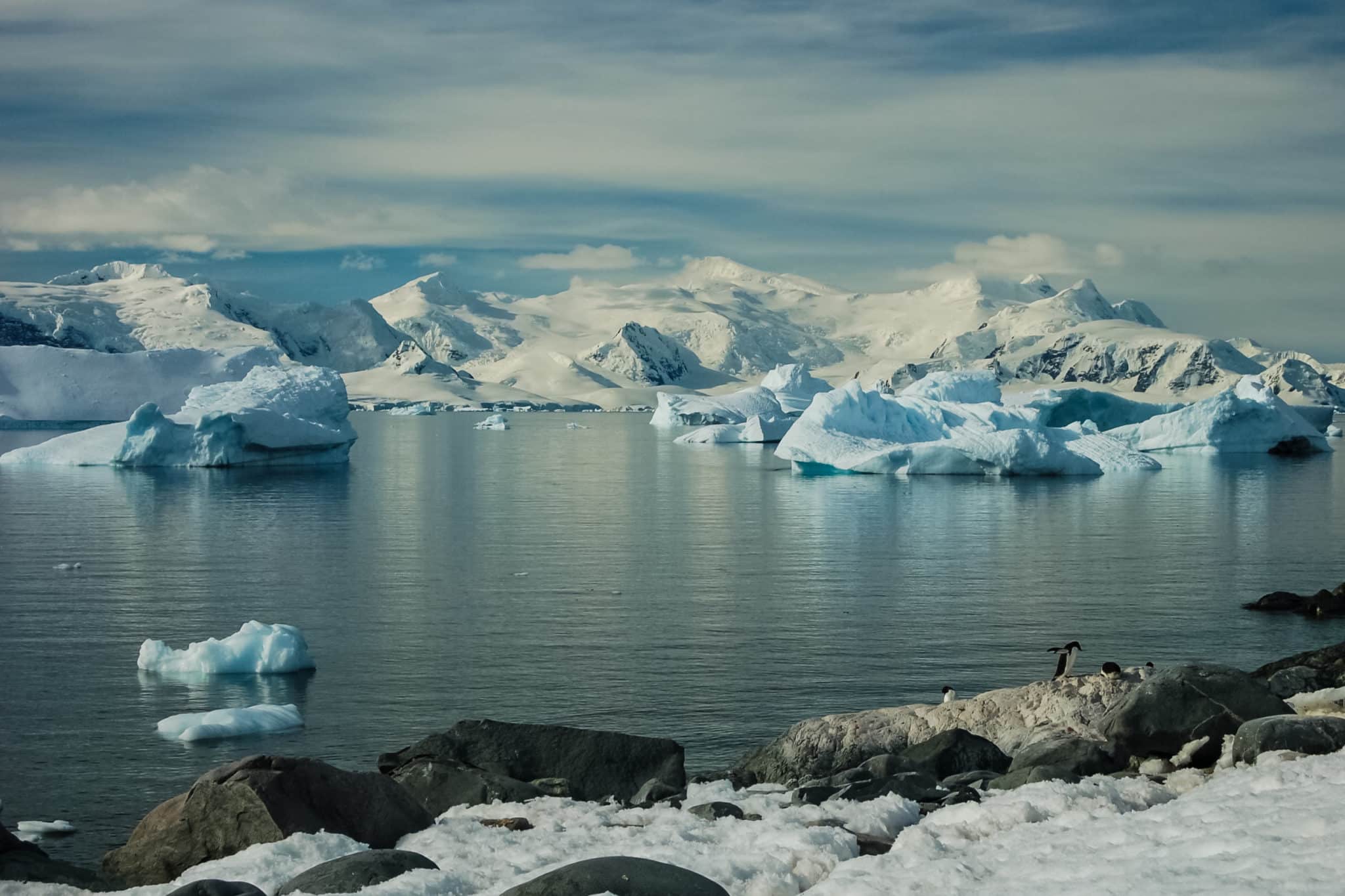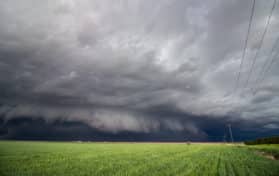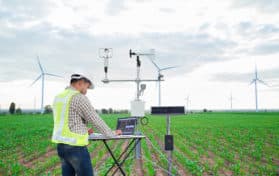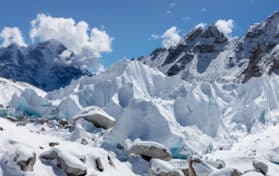
In 2012, NASA video showed that arctic ice is shrinking rapidly, along with the polar ice cap, which many scientists have referred to as a “giant parasol.”
Although 2012 was a record year for the loss of arctic ice, current videos from the winter of 2020 show that the decline of arctic ice continues. Although between 2012 and 2020 the rate of the decrease slowed down, the ice is still melting. A Rutgers climate scientist was quoted as saying this phenomenon is “a big problem, a real problem, and it’s happening now; it’s not happening generations from now.”
The Rutgers scientist went on to describe the rapid disappearance of ice around the polar cap as a “stunning” example of how climate change is affecting the earth in real time. She also lamented that one didn’t have to be a scientist to see the change, as NASA publishes these pictures yearly for the public.
Further concerning is the idea that not only is the polar ice cap seeming to disappear, but the ice that remains appears to be thinning. In fact, scientists that participated in the production of a six-minute video released by NOAA and the Climate Institute believe that we could be moving toward a new “climate state.”
Typically, each year, Arctic ice spreads when the sea surface freezes during the winter. However, 2020 saw a year of the most decline since the National Weather scientists began tracking Arctic ice in 1979. In fact, by 2035, these scientists are predicting that the sheets of ice that are so prevalent in the Arctic may be completely gone.
During March of every year, the Arctic ice has grown to a stretch of almost six million square miles. It covers the breadth of the Arctic Ocean. By September, the ice will melt back to about 3.8 million square miles. However, in July 2020, the ice had shrunk to about 2.8 million square miles. Every year since the scientists began measuring it in 1979, an area roughly the size of North Dakota has failed to come back.
Recently, a study published in Nature Climate Change held that at the current rate of loss, by 2035, the ice could be completely gone.
So, what will happen if the ice completely melts away? There are a number of things that could happen, and many of them are devastating.
First, the seas could rise all across the earth. If this happens, the global sea levels could rise up to twenty feet higher than present levels. Of course, this could be detrimental to coastal cities. At the least, during major weather events, storm surge could be even more damaging than it is currently. Island nations could also see a detrimental effect to their shores – or the islands could be underwater for good.
Next, The loss of polar ice could affect the food chain. Increased heat waves have an effect on crops, as do unpredictable weather and polar vortexes. Not only could crop damage lead to higher food prices, but it could also lead to shortages globally.
Thirdly, if the Arctic ice melts permanently, then the permafrost could also thaw. The issue here is that the permafrost of the Arctic contains a great deal of methane, and the release of such a large amount of this greenhouse gas could lead to a sharp increase in global warming. This tends to start a vicious cycle, and, if it does occur, it’s possible people could see some of the more drastic climate change predictions come true.
Conversely, some scientists are excited about a growth in Antarctic ice. Recently, growth of Antarctic ice was measured at approximately 0.3 percent per decade. These scientists contend that the Antarctic ice that melts can be beneficial as it can lower the temperatures of sea surfaces. Plus, precipitation in the Antarctic is increasing due to the warmer temperatures in the Northern Hemisphere, so there will continue to be more Antarctic ice.





